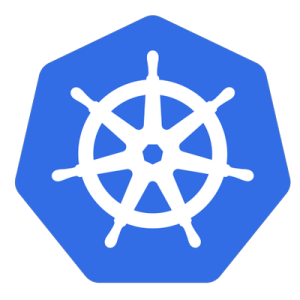Organizations see varied returns on investment from Kubernetes. Some note stability and enhanced market deployment speed as benefits, while others mention savings from infrastructure optimization by switching from VMs to containers. Some see faster application modernization and a streamlined deployment process, yet a few encounter high costs if scaling down. ROI percentages range from minimal to significant, depending on the transition stage and company objectives. Kubernetes aids improved services, though direct ROI estimation can be difficult.
Kubernetes is open-source with no inherent licensing fees, under Apache license, making management layer access generally free unless utilizing AWS or other additional services, priced around $75 monthly. Cost-effectiveness varies with scale, favoring larger environments. Managed services add $100-$200 monthly. While infrastructure and storage fees apply, pricing depends largely on deployment specifics and cloud provider, like AWS, Google, or Azure. Its affordability appeals to enterprise users, but smaller entities may find it pricier when scaled down.
- "Pricing isn't a major concern for us. Since we resell Kubernetes services and focus on providing support, integration, and education, we don't usually have pricing issues. Our customers are more concerned with getting the right support and services than the cost. So, the value we provide is more important than the actual pricing. Pricing might change in the future, but it’s not a big issue for us right now."
- "It's an affordable solution"
- "Microsoft provides reasonable costs for Kubernetes."




